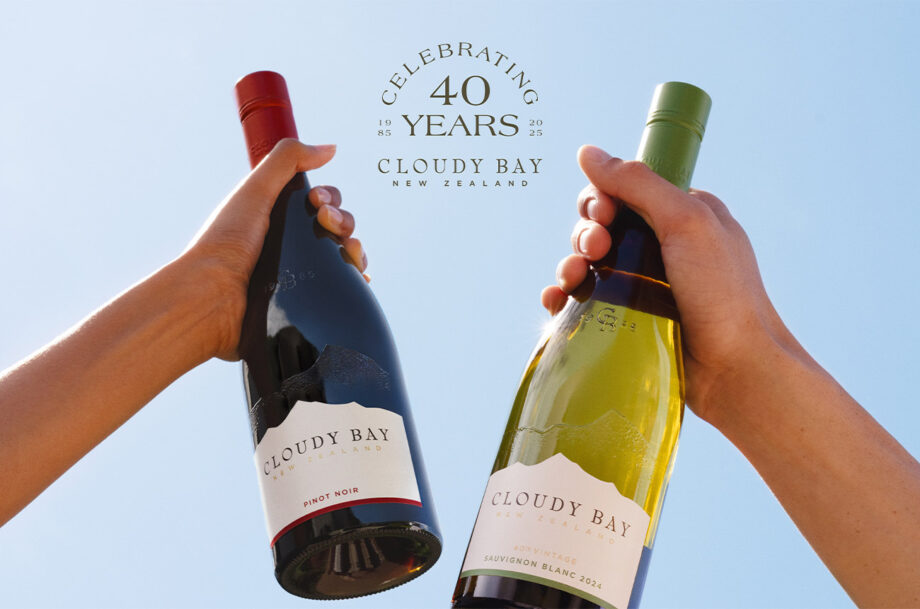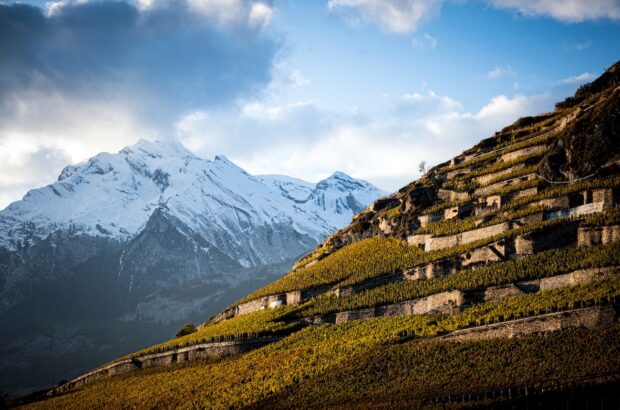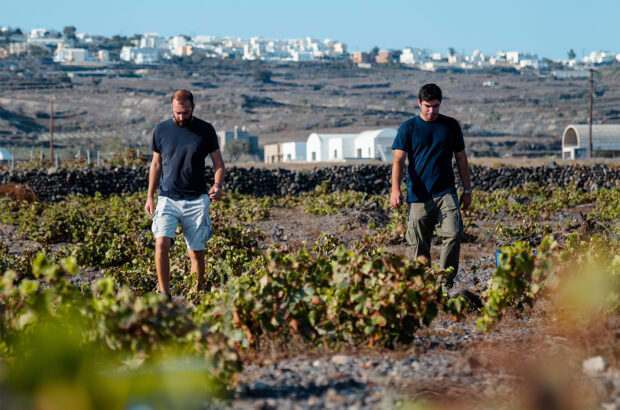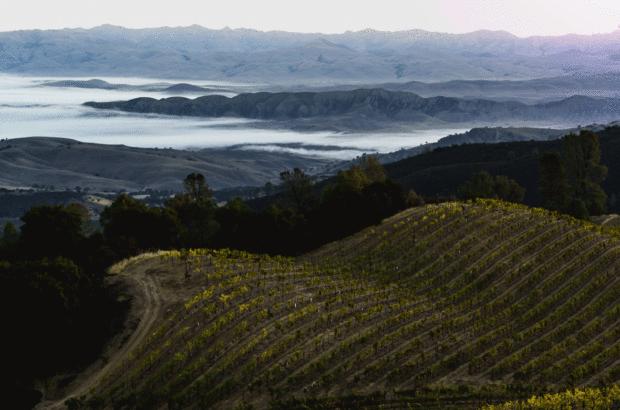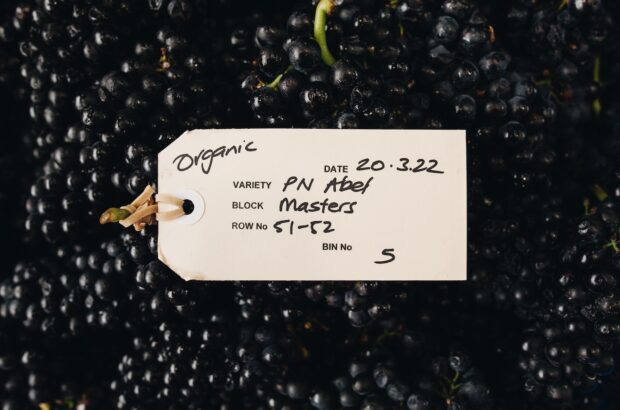Cloudy Bay and its impact on the global wine industry
The success of Cloudy Bay when it first launched in 1985 undoubtedly put New Zealand on the world wine map. Since then, New Zealand’s wine industry has grown quicker in one generation than anyone can quite believe. Marlborough’s vineyards now cover around 27,000 hectares and the region represents more than 60% of all New Zealand vineyards and produces 70% of all New Zealand wines. Cloudy Bay’s Marlborough Sauvignon Blanc has become iconic around the world.
After bringing the world’s attention to Marlborough’s Sauvignon Blanc, Cloudy Bay turned its gaze to Otago, where it began to champion Pinot Noir. Before 1987, there were no vineyards in Otago. Deep in sheep farming country, it was an unlikely place to grow grapes. And yet just 20 years later, Central Otago’s plots of prime vineyards grew ninefold. The world’s southernmost wine region now has its own iconic status.
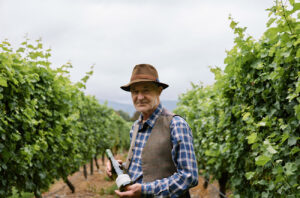
Davis Hohnen (pictured) launched Cloudy Bay into international acclaim in 1985, alongside winemaker Kevin Judd.
Cloudy Bay’s winemaking philosophy
Now celebrating it’s 40th anniversary, quality remains Cloudy Bay’s obsession, hallmark and promise. The brand knows making exceptional wines takes acute attention to detail in all aspects of wine production.
In the vineyards, yields are around 30% lower than the regional average. In the winery, the technology used ensures only the best grapes are selected for each wine. It might mean fewer bottles, but it always means better wine.
This philosophy was seen in action through the exceptional 2024 vintage. As John Flanagan, Viticulture Director, explains, the regions had: ‘a cool start to the season, which resulted in lower-than-normal yields. [But] the summer months were hot, dry, and as close to perfect as we could possibly hope for. The grapes ripened under ideal conditions, enabling us to pick the fruit at the optimum time to maximise flavour and concentration.’
No matter what the season or weather, the outstanding technical skill of the team, allied to their long-term philosophy, means consumers will always see the highest quality wines emerge from Cloudy Bay.
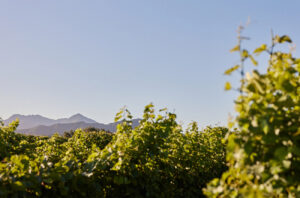
Cloudy Bay’s success has as much to do with the quality of land on which its vineyards are situated.
The vineyards
As well as the technical and creative skill of its people, Cloudy Bay’s success has as much to do with the quality of land it owns across the South Island.
Marlborough
In Marlborough the brand farms 163 parcels of vines and 65 grower blocks. Those parcels closer to the Wairau River have stony, sandy and free-draining soils, which are ideal for the iconic Sauvignon Blanc. Further south of the river in the Southern Valleys, the Pinot Noir and Chardonnay vineyards love the heavy clay-based soils. These soils and Marlborough’s maritime climate work in harmony to set the stage for Cloudy Bay’s captivating style of wine.
Central Otago
Cloudy Bay’s two Central Otago vineyards have complementary terroirs. Calvert, in Bannockburn, has loamy, silty soils and gentle slopes that produce wines with fine tannins and silky textures. Northburn’s rocky, glacial soils and extreme slopes produce wines of structure and intensity. Blending grapes from the two contrasting sites gives the Cloudy Bay Te Wāhi Pinot Noir its poise and power.


